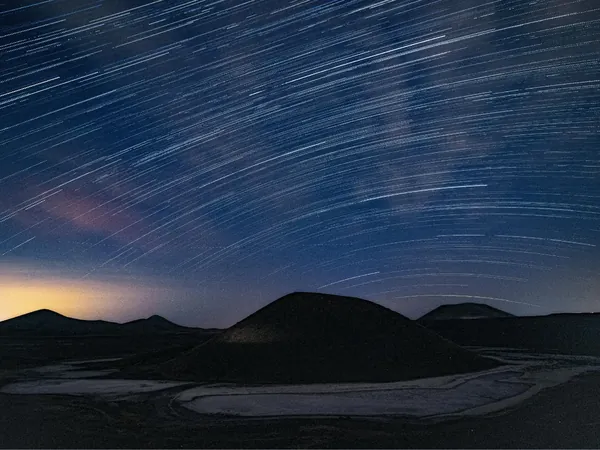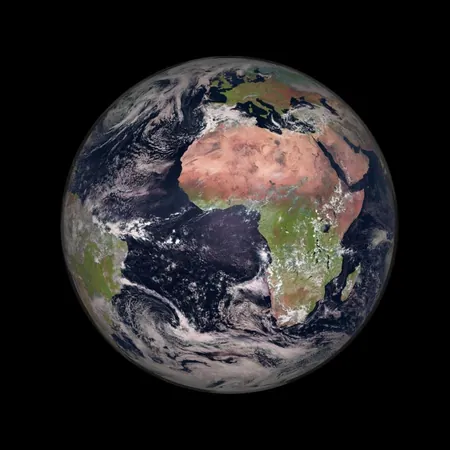
July's Celestial Wonders: Experience Three Meteor Showers, One from a 133-Year Comet!
2025-07-12
Author: Noah
The July Full Moon may have passed, but there are still thrilling cosmic spectacles awaiting stargazers this month! Get ready to witness three spectacular meteor showers, visible in both the Northern and Southern Hemispheres.
Alpha Capricornids Meteor Shower
Kicking off the celestial festivities, the Alpha Capricornids meteor shower begins on July 12. Hailing from the constellation Capricorn, this modest shower may not offer a plethora of meteors, but its brightness will captivate observers. The peak viewing nights are set for July 29 to 30, where you can expect to see about five meteors per hour.
These meteors are remnants of the short-period comet 169/NEAT, with origins that reach back millions of years. Remarkably, you can enjoy this shower even in areas plagued by light pollution thanks to the meteors' luminosity. With the Moon in its waxing crescent phase, conditions are perfect for optimal viewing after 10 PM!
Perseids Meteor Shower: The Summer Star!
The Perseids meteor shower, the crown jewel of summer, graces the skies starting mid-July and continues its display into August. Mark your calendars for the peak nights of August 12 to 13! This stunning shower originates from Comet Swift-Tuttle, which takes an astonishing 133 years to orbit the Sun.
At its peak, the Perseids can deliver a spectacular show of 5 to 75 meteors per hour, though ideal viewing requires dark skies away from city lights. While this year's peak coincides with a waxing gibbous Moon (a less than ideal backdrop), the best viewing hours will be post-midnight.
Southern Delta Aquariids: A Surprise in the Skies!
Get ready for the Southern Delta Aquariids, which begin lighting up the sky around July 18. Originating from the short-period comet 96P/Macholz, this shower will peak on the nights of July 29 and 30.
Though typically producing only 25-30 meteors per hour, it’s worth noting that past years, like 1977 and 2003, surprised us with much higher numbers. Unique to this shower, these meteors often leave a shimmering trail behind, making for an awe-inspiring sight. With the waxing crescent Moon setting early, viewing conditions will be ideal!
So grab your blankets, find a dark spot, and prepare for a mesmerizing evening under the stars this July!









 Brasil (PT)
Brasil (PT)
 Canada (EN)
Canada (EN)
 Chile (ES)
Chile (ES)
 Česko (CS)
Česko (CS)
 대한민국 (KO)
대한민국 (KO)
 España (ES)
España (ES)
 France (FR)
France (FR)
 Hong Kong (EN)
Hong Kong (EN)
 Italia (IT)
Italia (IT)
 日本 (JA)
日本 (JA)
 Magyarország (HU)
Magyarország (HU)
 Norge (NO)
Norge (NO)
 Polska (PL)
Polska (PL)
 Schweiz (DE)
Schweiz (DE)
 Singapore (EN)
Singapore (EN)
 Sverige (SV)
Sverige (SV)
 Suomi (FI)
Suomi (FI)
 Türkiye (TR)
Türkiye (TR)
 الإمارات العربية المتحدة (AR)
الإمارات العربية المتحدة (AR)